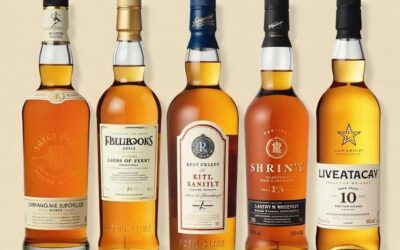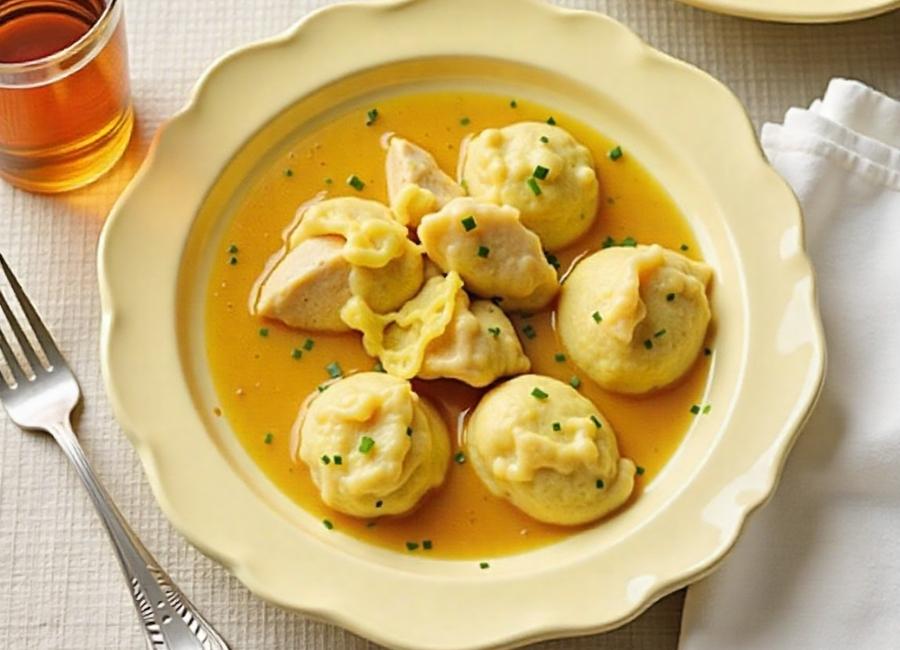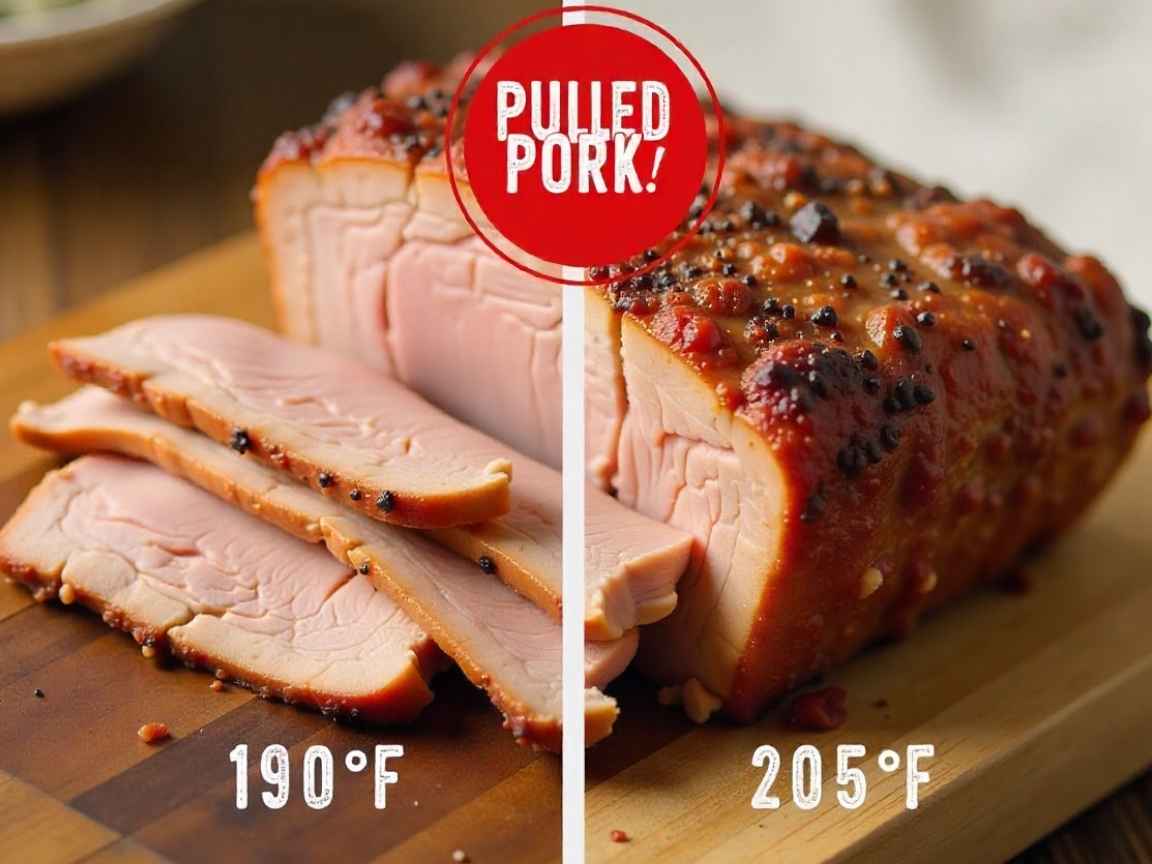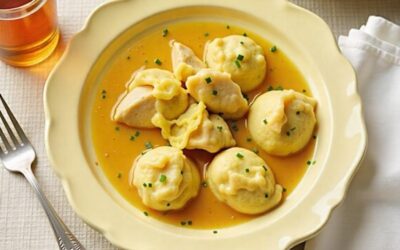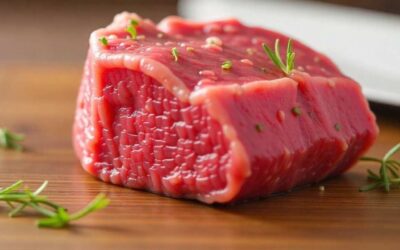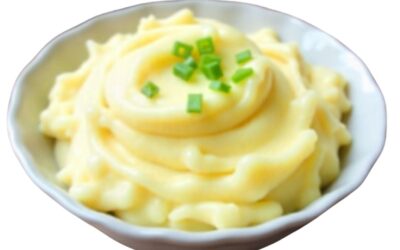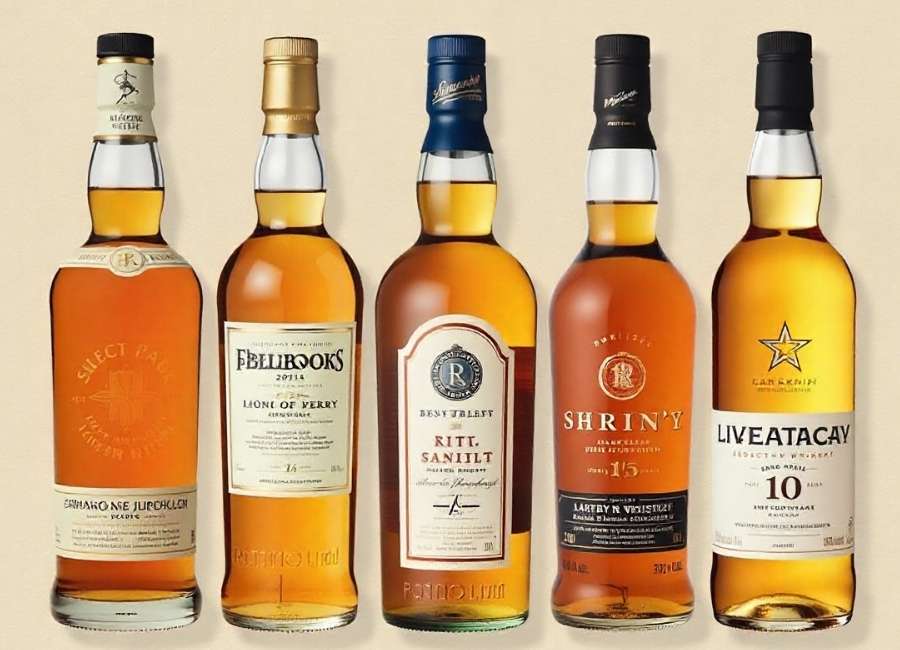If you’re new to Scotch whisky, you’re in the right place! Scotch is a rich and complex spirit with many styles and flavors, which can feel overwhelming at first. Don’t worry. This guide will help you learn the basics so you can feel confident the next time you’re at the liquor store. Whether you’re just starting out or want to know more, here’s what you need to know about this classic drink.
What is Scotch Whisky?
First, let’s talk about spelling. In Scotland, it’s spelled “whisky,” while in Ireland and the United States, it’s spelled “whiskey” with an “e.” No matter how you spell it, they are all whiskeys made in different countries. In Scotland, remember, it’s always “whisky” without the “e.”
The Basic Rules of Scotch Whisky
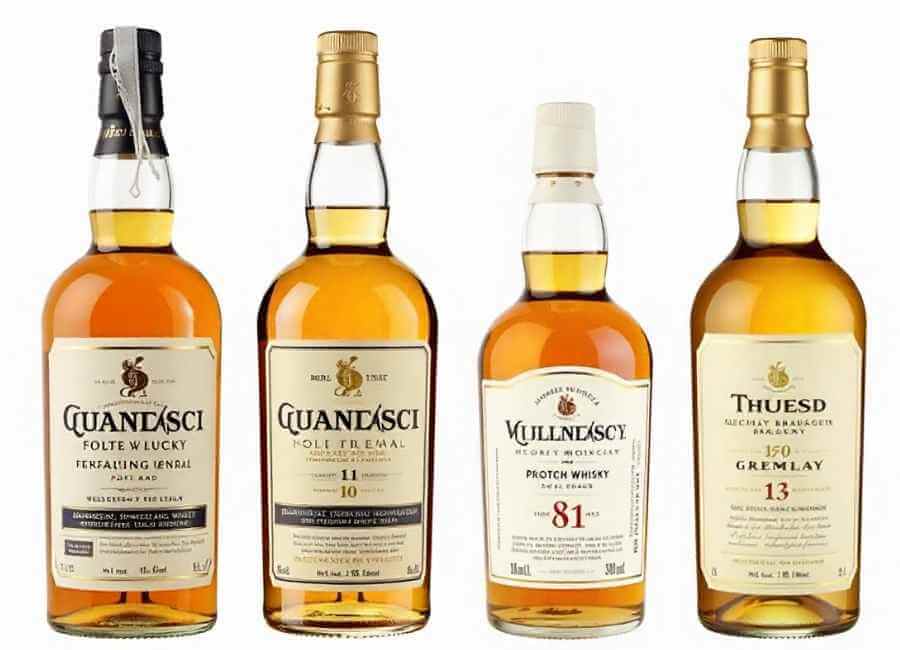
Before we get into the types of Scotch and where they come from, let’s look at some basic rules that define Scotch whisky.
- Made in Scotland: For a whisky to be called Scotch, it must be produced, distilled, and bottled in Scotland. If it’s made anywhere else, it can’t be called Scotch.
- Ingredients: Scotch is made from malted barley, water, and yeast. Other grains and a small amount of caramel coloring are allowed, but malted barley is the main ingredient that makes Scotch unique.
- Aging: Scotch whisky must be aged for at least three years in oak barrels. This process lets the whisky take on flavors from the wood. The age on the bottle always shows the youngest whisky in the blend.
- Alcohol Content: Scotch whisky must be bottled at a minimum of 40% alcohol by volume (80 proof). Anything lower than this can’t be classified as Scotch.
These are some of the main rules, though there are more details that distillers must follow. For now, let’s stick to the basics.
Five Different Types of Scotch Whisky
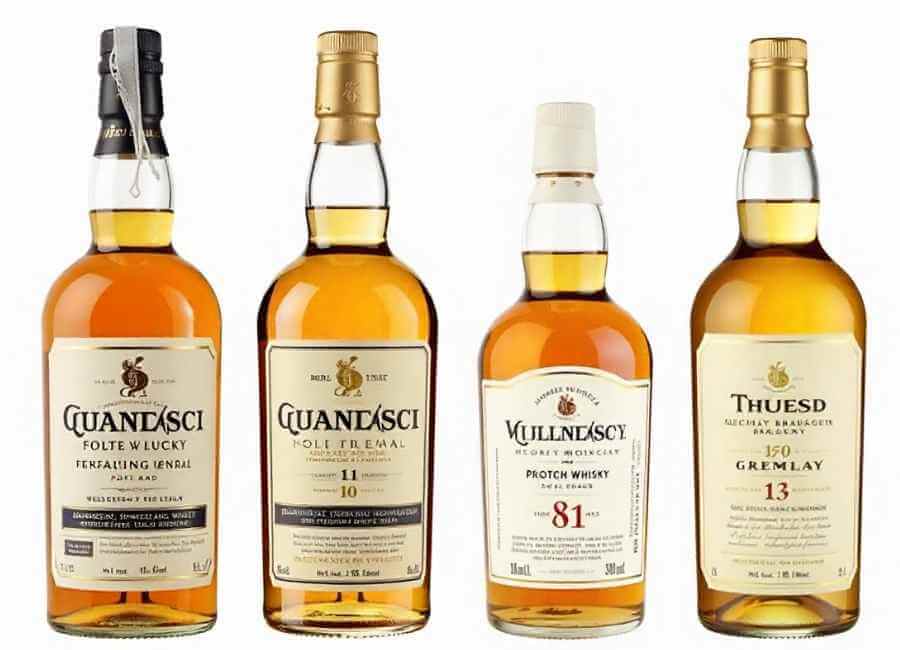
There are five main types of Scotch whisky: single malt, single grain, blended malt, blended grain, and blended Scotch whisky. These terms can be confusing, so let’s break them down.
- Single Malt Scotch Whisky:
- This whisky is made at one distillery using only malted barley. It’s one of the most popular and well-known types of Scotch. Glenfiddich and Glenlivet are classic examples.
- Single Grain Scotch Whisky:
- Single grain whisky is also made at one distillery, but it uses malted barley along with other grains like wheat or corn. It’s less common and usually less expensive than single malt, but it’s important in blended Scotch.
- Blended Malt Scotch Whisky:
- Blended malt whisky mixes whisky from different distilleries, but all of it is made from malted barley. Monkey Shoulder is a well-known example. This type is smooth and balanced, making it a good choice for beginners.
- Blended Grain Scotch Whisky:
- This type is made from whisky produced at several distilleries, using both malted barley and other grains. It’s usually lighter and more affordable than other kinds of Scotch.
- Blended Scotch Whisky:
- Blended Scotch is the most common type. It mixes single malt and single grain whiskies. Well-known brands like Johnnie Walker and Famous Grouse are blended Scotches. This type is usually more affordable and often used in cocktails.
Scotch Whisky Regions
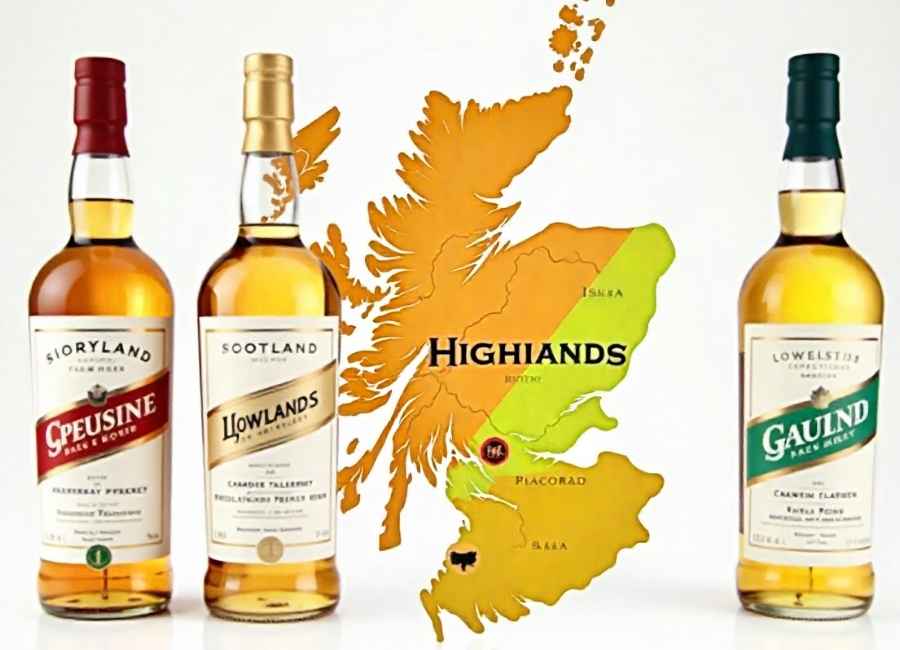
Scotch whisky is produced in several regions of Scotland, each with its own unique characteristics and flavor profiles. The main Scotch whisky regions are Speyside, Highlands, Lowlands, Campbeltown, and Islay. Let’s take a closer look at each one.
- Speyside:
- Speyside is the center of Scotch whisky production and has the most distilleries in Scotland. Whiskies from this region are rich and smooth, with fruity and sweet flavors like honey, orchard fruit, and gentle spices. Glenfiddich and Glenlivet are famous Speyside whiskies. The River Spey runs through the area and provides pure water that helps create these unique flavors.
- Highlands:
- The Highlands is the largest Scotch-producing region and is very diverse. Northern Highland whiskies are often bold and peaty, while those from the east and center are sweeter and lighter. Talisker, Aberfeldy, and Glenmorangie are popular Highland brands, offering flavors from smoky to sweet.
- Lowlands:
- The Lowlands make some of the lightest and easiest Scotch whiskies to drink. They are often grassy or floral with a gentle sweetness, making them great for beginners. Auchentoshan and Glenkinchie are well-known Lowland whiskies, known for being smooth and mild. Many Lowland whiskies are triple-distilled, which makes them even lighter.
- Campbeltown:
- Campbeltown, once called the whisky capital of the world, is a small region on Scotland’s southwest coast. Although fewer whiskies are made there now, Campbeltown whiskies are known for being complex, with rich, salty flavors and hints of fruit and smoke. Springbank and Glen Scotia are well-known distilleries from this area, and their whiskies are often more expensive because of longer aging and smaller production.
- Islay:
- Known fIslay whiskies are famous for its bold, smoky, and peaty flavors, which can be intense for some people. The island’s sea air and peat bogs give these whiskies a special character. Peat is burned during malting, adding smoky and earthy notes. Laphroaig, Lagavulin, and Ardbeg are popular Islay whiskies. Some have a strong, complex taste, with a hint of medicine or iodine from the peat.In Your First Bottle of Scotch Whisky
If you’re just starting out, choosing your first bottle of Scotch can feel overwhelming. Here are some suggestions based on what you might like:
- If you want something smooth and light, try Monkey Shoulder (a blended malt) or Glenfiddich 12 (a single malt from Speyside). Both are easy to drink and good for beginners.
- If you like bold, smoky flavors, try Laphroaig 10 (from Islay) or Ardbeg 5. These whiskies have the strong, peaty taste that Islay is known for.
- If you want good value, Famous Grouse is an affordable and quality blended Scotch. It’s great for mixing in cocktails or drinking on its own.
- If you want a bit of everything, try Aberfeldy 12 (a Highland single malt). It has a good balance of flavors and is a great way to start exploring Scotch.
Final Thoughts
Scotch whisky is full of variety, and every bottle has its own character based on where and how it’s made. Whether you drink it neat, with ice, or in a cocktail, there’s a Scotch for everyone. With this beginner’s guide, you now know more about what makes Scotch special, including its rules, types, regions, and flavors. The first time you step into a whisky shop, you’ll know exactly what to look for. Cheers to your Scotch whisky journey!










